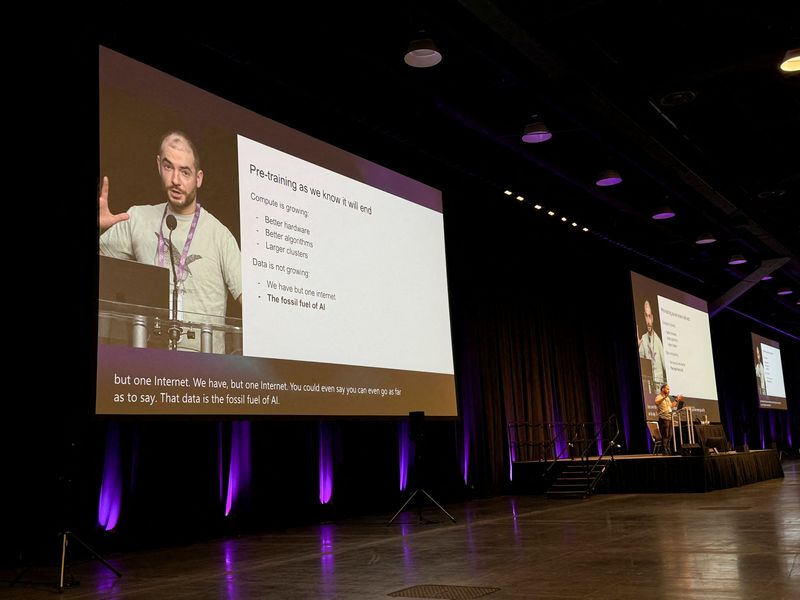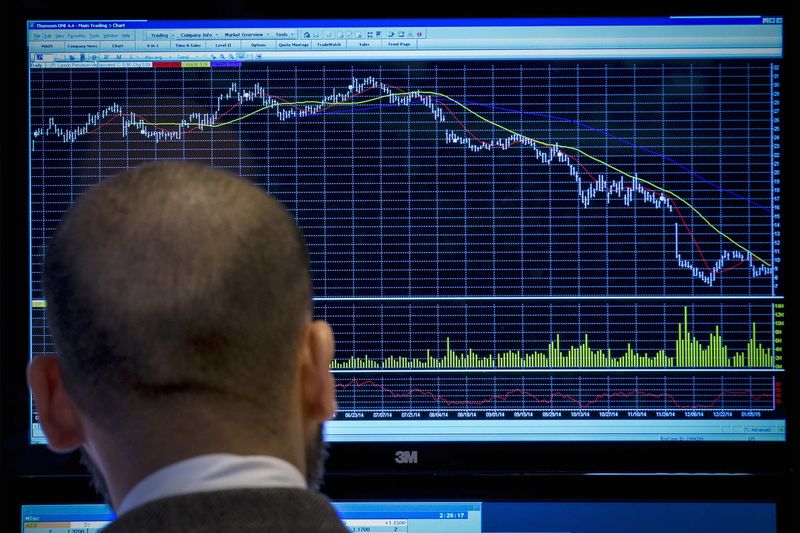By Jeffrey Dastin, Kenrick Cai and Anna Tong
VANCOUVER (Reuters) – Deep in the cavernous convention center here, on math-filled posters or in spirited conversations, there could be a breakthrough for artificial intelligence in the making.
More than 16,000 computer scientists and fellow travelers gathered in British Columbia this past week for what has become AI’s largest annual event: NeurIPS, or the Conference on Neural Information Processing Systems.
After long toils in obscurity, AI’s brightest minds have gathered at the event since 1987, for years in Denver, then in Vancouver and other cities. More recently, these researchers have emerged as industry sensations helping drive the future of technology and the global economy.
Rock stars from the field told their budding compatriots, packed into an exhibition hall last week, how they saw the future of AI. “The more it reasons, the more unpredictable it becomes,” says Ilya Sutskever, until recently chief scientist of OpenAI.
“The new ladder we need to climb,” says Fei-Fei Li of Stanford, “is the 3D ladder, which I call spatial intelligence.” She said relying on 2D data from the internet was like building AI for a “flat Earth.”
The conference looks nothing like the intimate affair of decades ago, when a field of outliers could fit into a hotel bar. It has become a fertile ground for companies to promote their wares and lure academics into new, lucrative businesses. Meta Platforms (NASDAQ:) CEO Mark Zuckerberg emerged in 2013, attendees recalled.
This year, major companies Alphabet (NASDAQ:), Meta and Microsoft (NASDAQ:) timed AI news to the event. The crowds were so big that NeurIPS started a day later than usual so that AI scientists wouldn’t be fighting over hotel rooms the same night as a Taylor Swift concert.
On Friday, with two days of events ahead, three of the four urinals at the men’s room near the main entrance were broken, covered in plastic from apparent overuse.
‘TWISTY AND TANGLY’
Conference old-timers like AI “godfather” Yann LeCun reflected on a bygone era. Several hundred academics, almost all of them well-known faces, put up posters on topics like Bayesian statistics and debated them late into the night at a Vancouver Hyatt, attendees recalled.
LeCun, Meta’s chief AI scientist, noted to reporters that he could no longer read these posters, which had been a mainstay. At every step he was stopped by requests for a selfie.
Money transformed that strange era. Venture capitalists and other investors jumped into the academic cause, with some companies like NEA and Greylock hosting afterparties for the first time.
While there were nine sponsors of the conference in 2006, this year there were more than 120, as the NeurIPS website showed. A new “diamond” layer appeared in 2022, the year some attendees considered the euphoria peak. OpenAI launched ChatGPT during those conference dates.
At the booth of diamond sponsor Google DeepMind, chief scientist Jeff Dean thanked attendees for listening to him through a “weird headset” connected to a microphone so he could reach them despite the noise in the exhibit hall.
Ten times more research papers were accepted at this year’s conference than ten years ago. David Ha, co-founder of startup Sakana AI, said he’s seen a huge increase in new plans for test-time computing to combat exorbitant costs and technical issues as models scale and get bigger.
Hanna Wallach of Microsoft Research said improving AI assessments and measurement science received more attention this year. One winning paper proposed an AI model that iteratively predicts images at higher resolutions. China’s ByteDance, TikTok’s parent company, has reportedly sued the paper’s co-author, the former intern.
A 10-year-old, Harini Shravan, was the youngest person ever to have a paper accepted at NeurIPS. She attended from India with her parents and used AI tools to turn a 3,000-year-old story into a musical.

And Dean said at a crowded event on the sidelines that AI “models should be much more modular and sparse, and a bit more twisty and sharp than current model architectures.”
That, he said, was his “spirited” vision.


